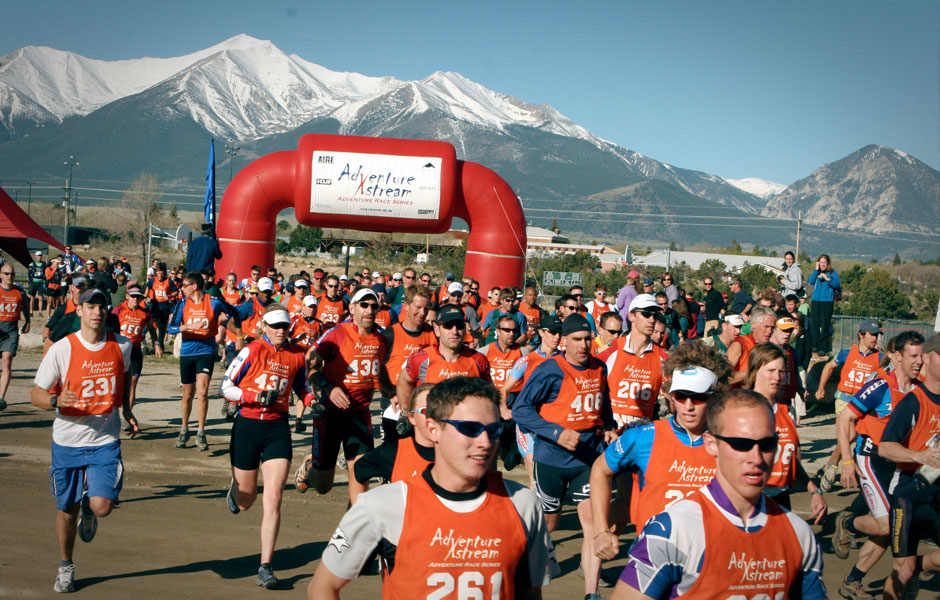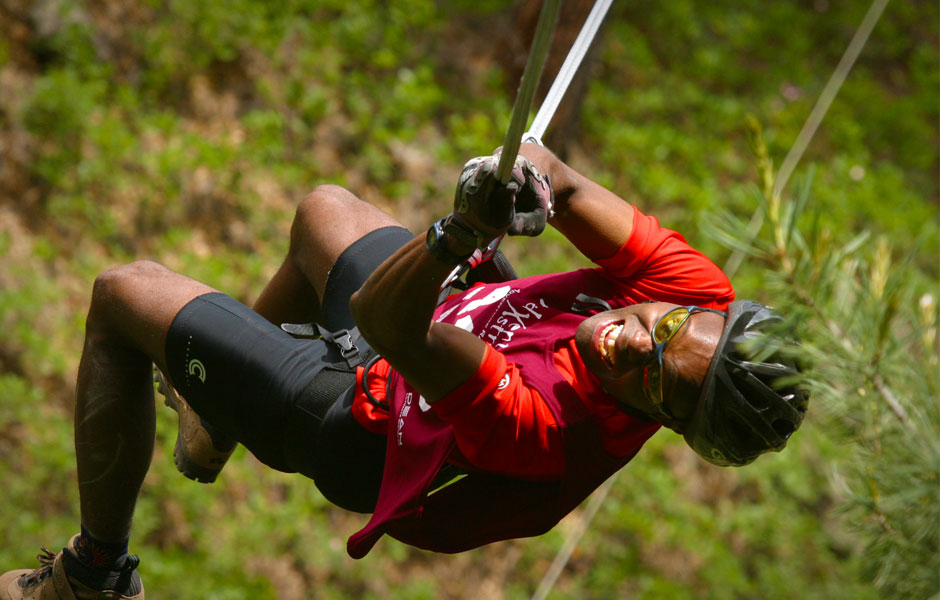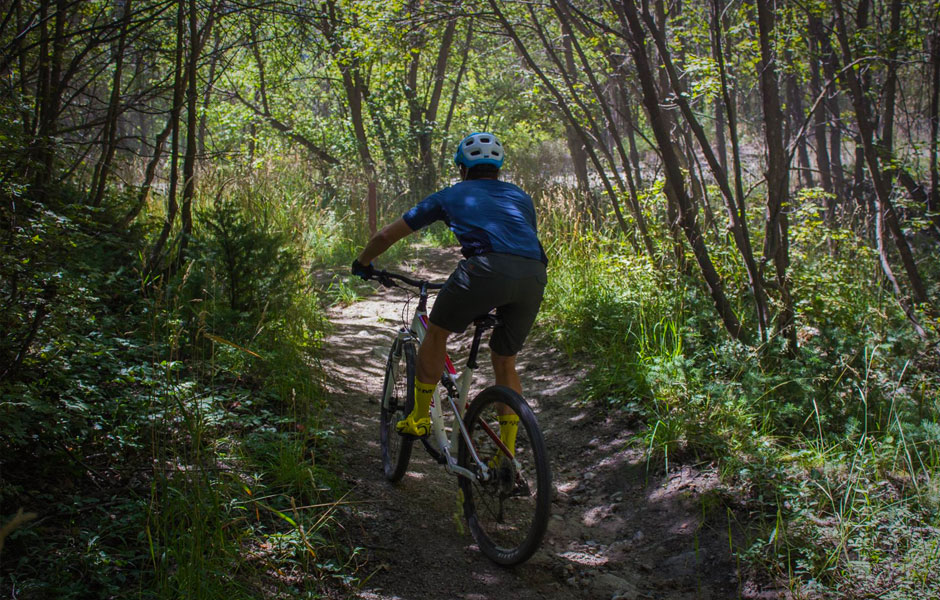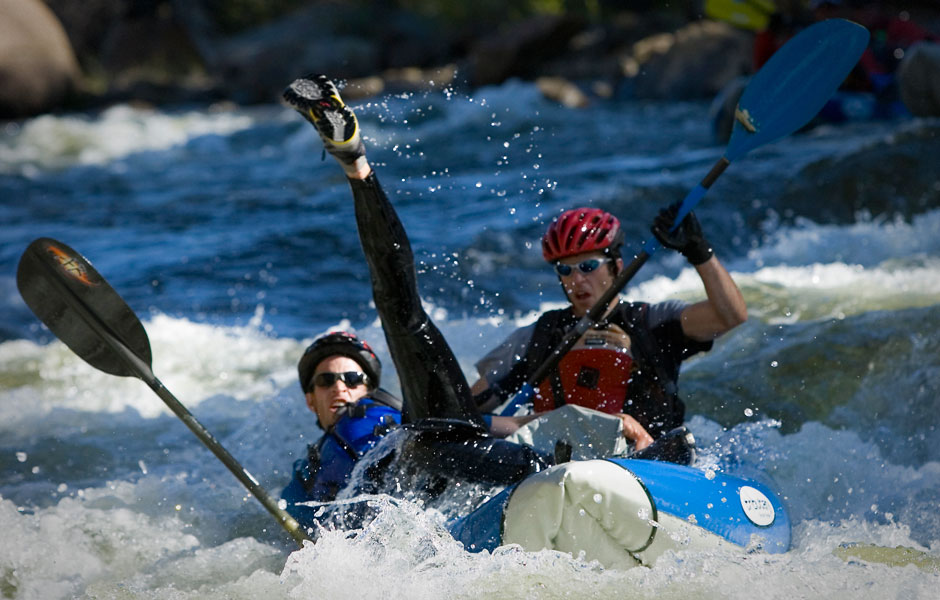- 1. AXS Adventure Race
- 2. AXS Adventure Race
- 3. AXS Adventure Race
- 4. AXS Adventure Race
- 5. AXS Adventure Race
Adventure racing is a multidisciplinary sport where racers navigate through backcountry terrain – often without the benefit of trails – using map and compass, and all manner of transport from stand up paddle boards to mountain bikes. In September Austin Parker is tackling the Adventure Xstream Series adventure race in Glenwood Springs, CO to get a taste of this grueling sport. As part of his training, we are documenting the best gear for paddling, running, biking, and recovery, as well as keeping track of all the (mis)adventure along the way.
Road to Adventure: Rewind | SUP Gear| Mountain Biking | Recovery Gear | Backpacking | Best Adventure Races |Race Day Essentials |
The summer of running before dawn, paddling after work and marathon weekend sessions on our bikes was over. All that we needed to do was put it all together in one painful day, so we loaded the car up and headed for Glenwood Springs, Colorado for the AXS Adventure Race Series. The drive from Salt Lake City was just long enough to let some pre race jitters set in, especially as we rolled though the narrow canyons along I-70 and watched steep trails and gnarly sections of whitewate go by. After we stopped in town to pick up our jerseys, a map with all of our checkpoints on it, and dinner, we spent the evening packing and repacking gear that we would carry in our packs and also pre-load into plastic tubs to leave at each transition area. Sleep was not much of an option.
Race day morning dawn was crisp and cold. We showed up to the River Park along the Colorado and Roaring Fork rivers just as the majority of racers were pulling in to get last minute gear checks completed and form up at the starting line. Each team seemed much better prepared than we were, often hauling multiple boxes of bike and running gear into the holding area. Suddenly our new Osprey Packs felt a little heavier as we worriedly checked one last time for every last spare tube, tire lever, and pack of Honey Stinger Chews.
A few minutes before our scheduled start time, the race director pulled our Sprint division racers together and it was decided that we’d head out early. With a countdown from his megaphone we were off to tackle our first leg of the race. The run portion of the course wound up a series of fire roads from the valley floor almost two thousand vertical feet. That three-and-a-half mile section of trail running felt like an eternity. At the top, Glenwood Caverns greeted us with our first checkpoint to get recorded, and a short section of navigating through the cave and a rappel out the upper entrance. Following that, we turned around and headed back to the start line the way we came. I don’t think I’ve ever covered three miles faster than the full tilt spring we made – after all, after the cave section we could see the lead we had on others in our Co-Ed Sprint Division.
At the start, our first transition area, Sprint racers geared up for a twelve to fifteen mile bike ride (part of adventure racing is plotting your own course, so course distances are often unpublished). Our notes on the map led us to the bottom of the Red Mountain trail, and a daunting climb up old access roads from a long abandoned town ski lift. The dirt road climb made it easily observable that when it was running in the 1940s, Red Mountain Ski Area would have been an amazing gem to have in your backyard – although I’m sure skiers never planned to go straight up the mountain. The top of this climb gave us stunning views of the Roaring Fork Valley, and the confluence of the Roaring Fork and Colorado Rivers. On a more relaxed day we’d be fly fishing the mellow water, but during the race we only took enough time to snap a couple pictures, find our single track descent, and take off. Second place had caught us on the climb and we were eager to make up some time; at least I was. My wife and race partner was more than a little apprehensive of some of the steeper section on her bike. After navigating a few sharp switchbacks and building confidence though, she suddenly let go of the brakes and charged. The race was back on.
The final bike portion was a trail through town and then following the highway six miles up the Colorado River to our second transition. Contrary to what we had plotted on the map, we ran into a couple of sustained climbs as the trail left the main highway and meandered closer to the river and campgrounds. We paid for our haste downhill, especially as we hadn’t drunk enough water during that leg, and each uphill section became slower and slower. Eventually the mile markers became our only source of satisfaction as we ticked off each quarter mile section in preparation for the river.
At transition two, we hurriedly stowed our bikes and stripped out of sweat soaked clothes in favor of PFDs and paddles. The stretch of river from the Grizzly Creek put-in is generally mellow in September, so we sped down stream as fast as we could paddle. The first couple of riffles and rapids were very forgiving – fortunate for us, as we’d never taken a tandem kayak down real whitewater. Eventually we got into a nice rhythm and started overtaking rafts full of tourists and racers in kayaks at every turn. Soon the main bridge into down town Glenwood Springs came into view and we were greeted by flags marking our take out point. We hauled our boat up the ramp and jogged into the finish for the win. With racers finishing the longer course up to twelve hours after the starting line, the finish area was a mellow affair. We chatted with some of the other teams while replenishing our water and cleaning our gear. Soon after we had everything packed up, my only thought was for my recovery tights and some caffeine for the long drive home. After more than twenty-six miles on the course and nearly four-thousand vertical feet of human powered climbing, we were spent. You can bet we’ll be back next year.
Photos Courtesy of AXS Adventure Racing and Austin Parker







